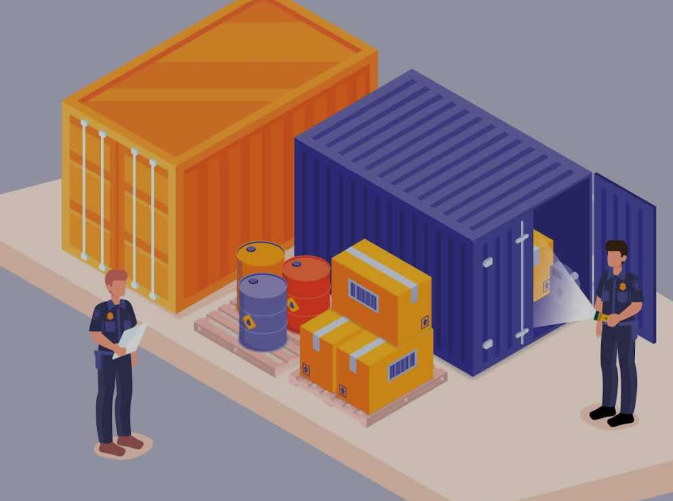Step-by-Step Guide: Customs Clearance for Packages Under $800

Until recently, many importers relied on the U.S. de minimis rule, which allowed goods valued under $800 to enter the country without duties or formal customs clearance. With the elimination of this threshold, importers must now prepare for customs clearance on low-value shipments.
Whether you’re a small business, an e-commerce seller, or an individual bringing goods into the U.S., understanding the clearance process is critical to avoid delays, surprise costs, or even having your shipment returned.
Here’s a step-by-step breakdown of how customs clearance works for packages under $800.
Step 1: Determine the Customs Value
Every shipment entering the U.S. must be assigned a declared value, even if it’s under $800.
- This includes the price of the goods, shipping charges, and insurance (if applicable).
- Be accurate — under-declaring value can lead to penalties.
Step 2: Classify Your Goods Correctly
Each product must be assigned a Harmonized Tariff Schedule (HTS) code. This code determines:
- The duty rate (if any).
- Whether the product qualifies for special programs (e.g., USMCA).
- If the item is restricted or regulated.
Tip: Even small misclassifications can cause costly delays. Many importers rely on customs brokers for accurate classification.
Step 3: Prepare Required Documentation
At a minimum, low-value shipments will need:
- Commercial Invoice – Listing seller, buyer, description, value, and country of origin.
- Packing List – Detailing the contents of the shipment.
- Bill of Lading or Air Waybill – Transportation details from carrier.
Depending on the product, additional documents (FDA, FCC, or other agency approvals) may be required.
Step 4: File Entry with CBP
Even under $800, an entry must be filed with U.S. Customs and Border Protection (CBP). Importers can:
- File directly through the ACE (Automated Commercial Environment) portal, or
- Use a licensed customs broker to handle filings on their behalf.
Step 5: Pay Duties and Taxes
If duties apply, they must be paid before the goods are released. Payment methods include:
- Direct payment via ACE.
- Broker-assisted payment.
Note: Duties may be minimal on low-value shipments, but failing to pay them results in delays or seizure.
Step 6: CBP Review and Clearance
CBP will review the documentation and either:
- Release the goods if all requirements are met, or
- Hold them for inspection if there are discrepancies.
Step 7: Delivery of Goods
Once cleared, goods are released to the carrier for final delivery. Importers should keep all clearance documents for recordkeeping and potential audits.
Best Practices for Importers of Low-Value Goods
- Always respond promptly to CBP notices.
- Work with a broker if importing regularly — the process is faster and more accurate.
- Budget for hidden costs such as carrier fees, storage, or compliance charges.
- Stay updated on U.S. tariff policies that may affect your shipments.
Conclusion
With the elimination of the $800 de minimis threshold, even low-value shipments now require customs clearance. By following these steps — from proper classification and documentation to timely payment and review — importers can ensure smooth delivery and avoid costly disruptions.
For frequent shippers, partnering with a licensed customs broker can simplify the process and reduce risks, making compliance easier and more cost-effective.



